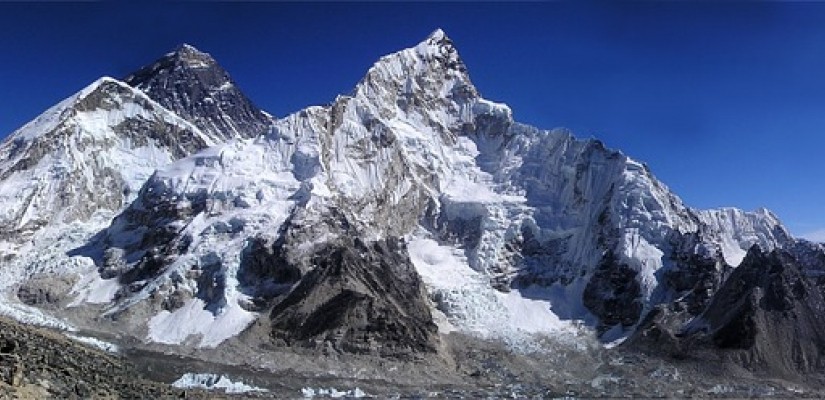
A report using declassified US spy satellite images concluded that Himalayan glaciers have lost 18 inches of ice every year since 2000 due to climate change. These glaciers are melting faster than they can be replenished and it poses significant threats to those living downstream. In the short term, increased meltwater may result in higher levels of flooding. In the long term, melting glaciers will affect seasonal runoff with considerable implications for agriculture. The Himalayan glaciers serve as an important reservoir of water and act as a safeguard against drought. As glaciers melt, they also lose their reflective ability and the amplified absorption of solar radiation causes a positive feedback loop and increased warming.
